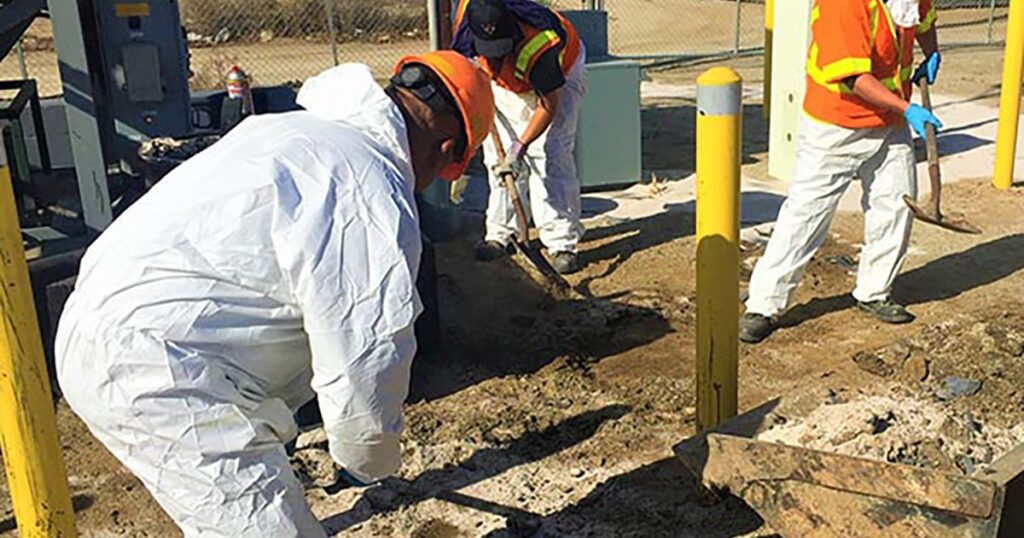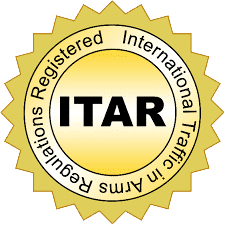Contaminated Property Investigation
HAZMAT is ready to assist you in the Investigation and remediation of releases of hazardous materials at your property. We work with responsible parties, land owners and their consultants to determine what actions are needed to clean up hazardous material releases and select the most cost effective remediation alternative for the specific site conditions involved.
Phase I Environmental Site Assessments / Due Diligence
A Phase I ESA reviews the present and past operations and uses of a property to determine the potential presence of contaminated soil and/or groundwater. Phase I ESA findings are used to evaluate the potential risk of contaminated soil and/or groundwater impacting a project scope of work. If there is a risk of encountering contamination or acquiring a contaminated parcel a Phase II Investigation would be performed. HAZMAT will perform a Phase I ESA in conformance with ASTM International (ASTM) Standard E1527-13, Standard Practice for Environmental Site Assessments: Phase I Environmental Site Assessment Process.
Phase II Environmental Site Investigation
A Phase II Investigation is a subsurface investigation which evaluates site soil and groundwater conditions in areas of known or potential contamination, as identified in the Phase I ESA. The results of this investigation are used for the following:
- Obtain liability protection prior to acquiring contaminated property
- Determine the extent, magnitude and mitigation of chemical releases at facilities
- Develop contaminated material management plans for construction projects that address:
- Disposal and/or reuse of contaminated soil
- Dewatering in areas with contaminated groundwater
Hazmat can offer professional staff experienced in Phase II investigations in all areas of industry. Additionally, HAZMAT routinely assists environmental consultants with various aspects of a variety of phase II investigations including drilling, soil and vapor sampling, excavation and sampling, groundwater well installation and sampling, surface water sampling, contaminant identification, and definition of the limits of contamination in soil, groundwater or surface water.
Contaminated Site Remediation
HAZMAT has over 30 years of company experience remediating contaminated properties in all types of conditions. Most commonly contaminated soils and debris are excavated and transported to a disposal facility permitted to handle the waste. Excavation of contaminants including: hydrocarbons, halogenated and non-halogenated volatile organics, semi-volatile organics, inorganics, pesticides, herbicides, acids and bases, and biological contaminants have been successfully removed using standard excavators, backhoes, air knifes, soil vacuums, and in some instances, using hand tools.
Contaminated groundwater, nuisance water, flood water and contaminated waterways are also part of the HAZMAT résumé. Our vacuum tankers, frac tanks, temporary storage tanks and transportable and stationary water treatment equipment are in high demand, handling various spills and accidents in all types of urbanized settings. Typical projects are stream and surface water contamination using booms and skimming equipment, groundwater well purge water storage, and flooding water removal and cleanup.
The range of technologies HAZMAT has implemented on past projects include:
- In situ biological, physical, and chemical treatment of soil, sediment and debris
- Ex situ biological, physical and chemical treatment of soil, sediment and sludge
- Containment for soil and sediment
- In situ biological treatment of groundwater and surface water
- Ex situ biological, chemical and physical treatment of groundwater, surface water and leachate
- Containment for groundwater, surface water and leachate
- In situ air emissions treatment
- Soil Vapor extraction
- Solidification/stabilization
- Composting
- Land farming
- Incineration
- Monitored natural attenuation
- Air sparging
- Granulated Activated Carbon (GAC) Adsorption
- Vapor phase GAC Adsorption
- Gravity separation
- Membrane Separation
Other Services
- Bin Containment Rental
- Biohazard & Sharps Disposal
- Cannabis Waste Management
- Certified Product Destruction
- Contamination Investigation
- COVID Decontamination
- Emergency Spill Response
- Electronic Waste Disposal
- Industrial Cleaning
- Lab Packing
- Roll Off Services
- Scrap Metal Disposal
- Site Remediation
- Treated Wood Waste Disposal
- Universal Waste Disposal
- Vacuum Services
- Waste Management


